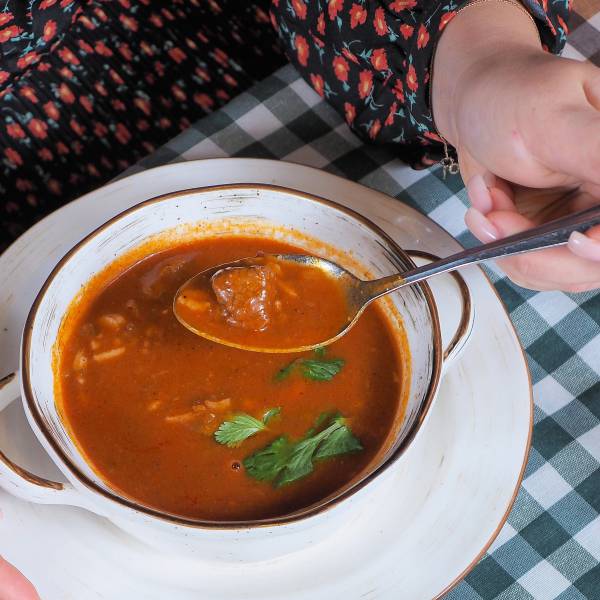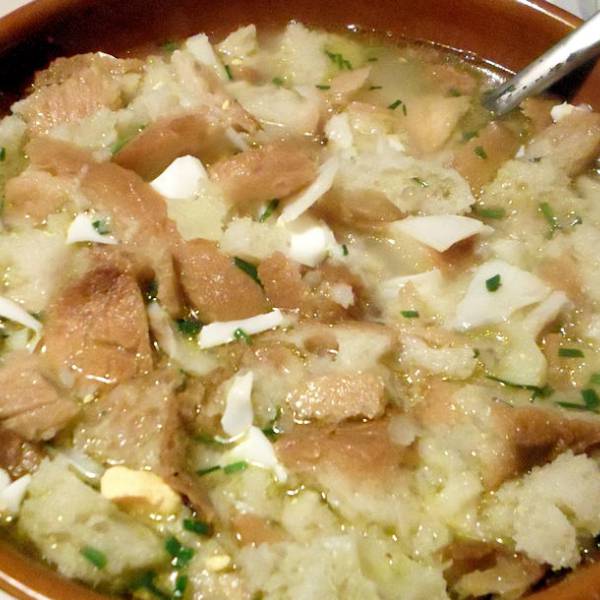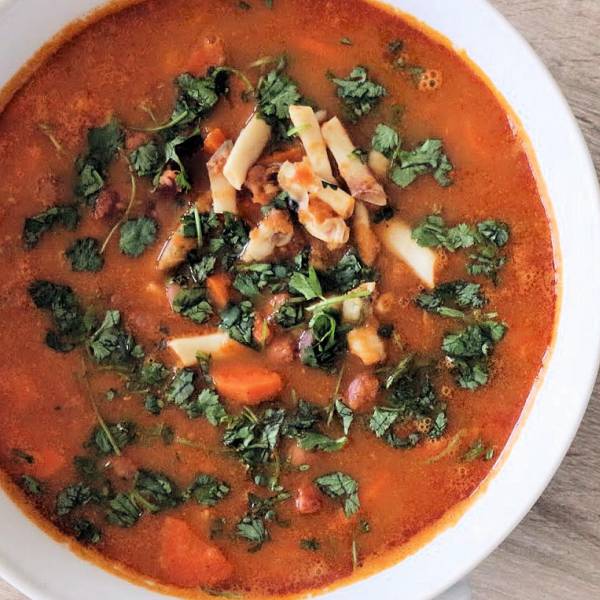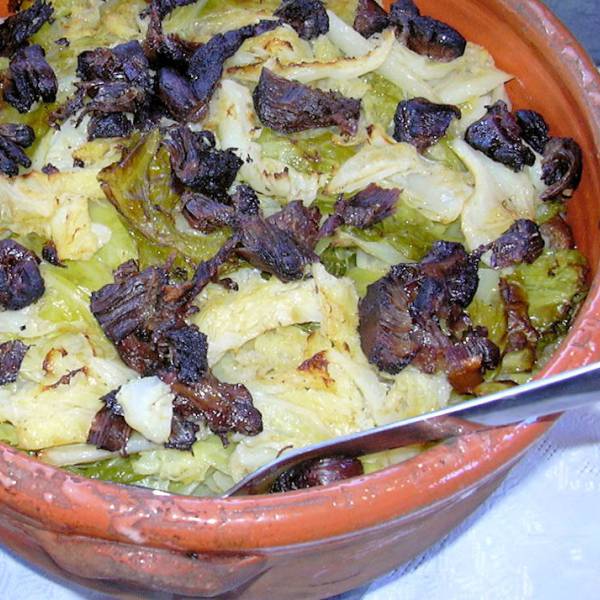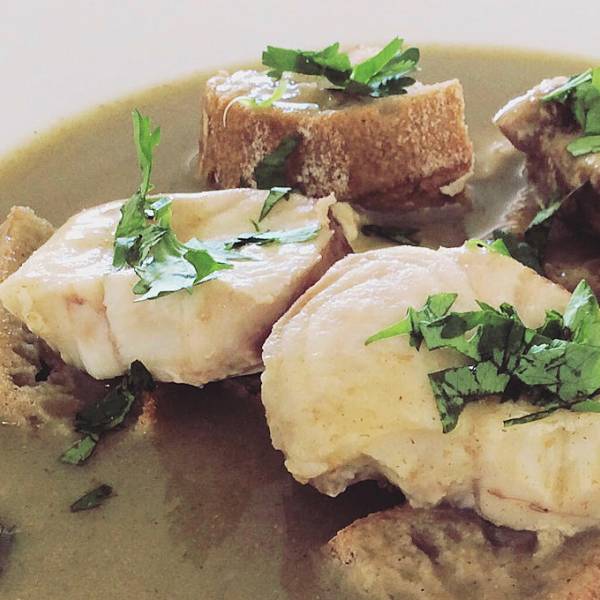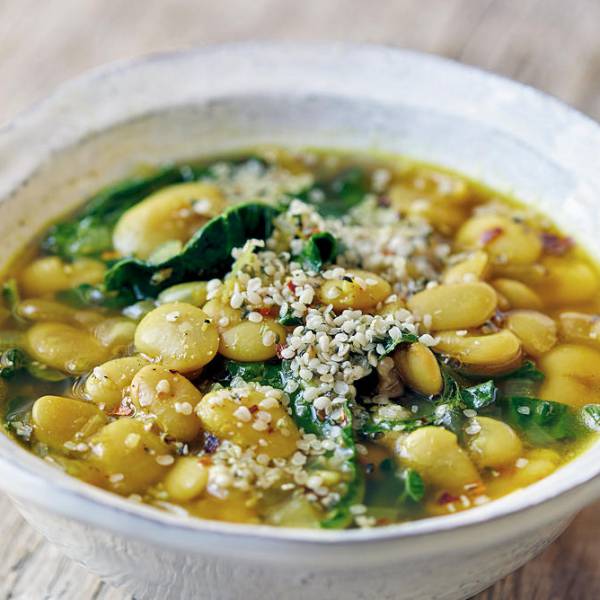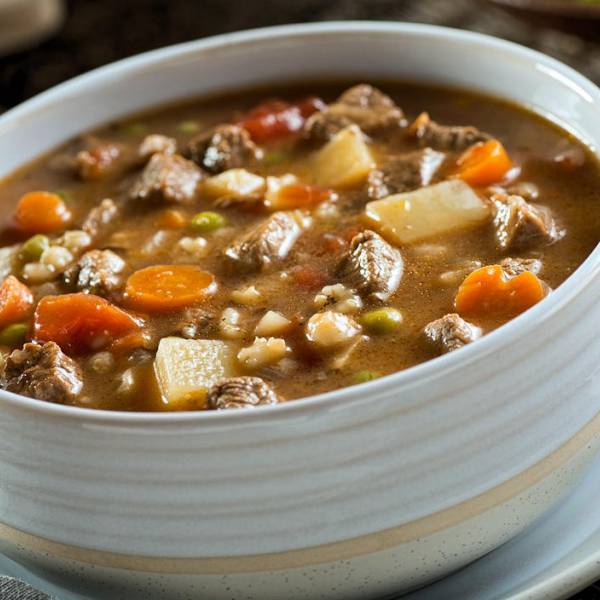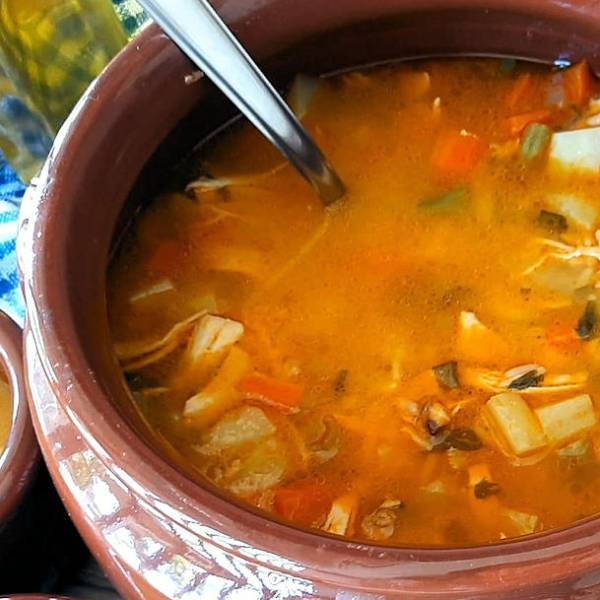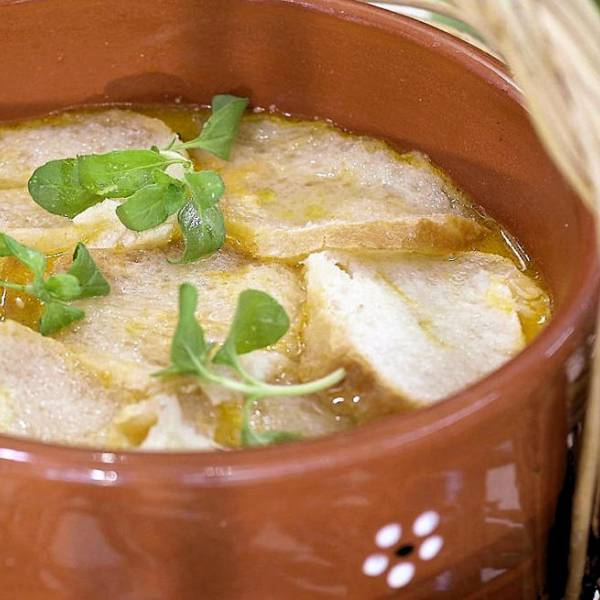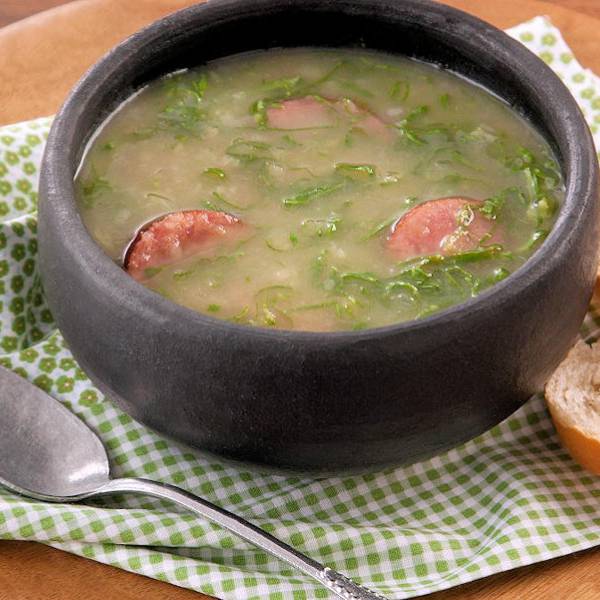Sopa de Castanhas is a hearty and comforting soup that can be savored as a starter or a main course, providing a satisfying and nourishing meal. The recipe for Sopa de Castanhas is simple, requiring only a handful of ingredients that are commonly found in Portuguese kitchens. The star of the dish, of course, is the chestnut itself. Fresh chestnuts can be used, but they require boiling or roasting and peeling before adding them to the soup. Alternatively, frozen chestnuts, which are readily peeled, can be used directly from the package. This convenience makes it easier for home cooks to enjoy this traditional soup without the hassle of preparing fresh chestnuts.
Alongside the chestnuts, the soup features ingredients such as onions, garlic, olive oil, butter, and seasonings like salt, pepper, bay leaves, and cloves. These simple ingredients work together to create a harmonious blend of flavors. Some variations of Sopa de Castanhas incorporate additional elements like carrots, celery, leeks, cabbage, potatoes, or red beans to enhance the flavor and texture. These additions infuse the soup with additional nutrients and create a more robust and hearty dish.
Preparing Sopa de Castanhas is a labor of love. The chestnuts are cooked in water or broth until they soften and release their distinct flavor. The aromas that fill the kitchen as the chestnuts simmer with the onions, garlic, and seasonings evoke a sense of comfort and anticipation. The soup is simmered slowly, allowing the flavors to meld together and create a delicious harmony.
Traditionally, Sopa de Castanhas is served piping hot, with chopped or crumbled chestnuts sprinkled on top as a delightful garnish. The contrast between the creamy soup and the slightly crunchy chestnut pieces adds a pleasant texture to each spoonful. The soup pairs perfectly with toasted or crusty bread, allowing for a delightful dipping experience. The combination of flavors and textures is a true delight for the palate.
Lisbon.vip Recommends
In addition to its cultural significance, Sopa de Castanhas also boasts numerous nutritional benefits. Chestnuts are rich in fiber, offering a satisfying and filling component to the soup. They are also a good source of vitamin C, minerals such as potassium and magnesium, and antioxidants. These nutrients contribute to overall well-being and support a healthy immune system.
Sopa de Castanhas is more than just a soup; it is a celebration of the flavors and versatility of chestnuts. With minimal ingredients and simple preparation methods, this dish can be easily recreated in the comfort of one's home. Whether enjoyed as a family meal or shared among friends, Sopa de Castanhas invites everyone to experience the cozy and nutritious delight of this traditional Portuguese soup. So, gather around, savor the warmth, and let the flavors of chestnuts transport you to the heart of Portugal's culinary heritage.




